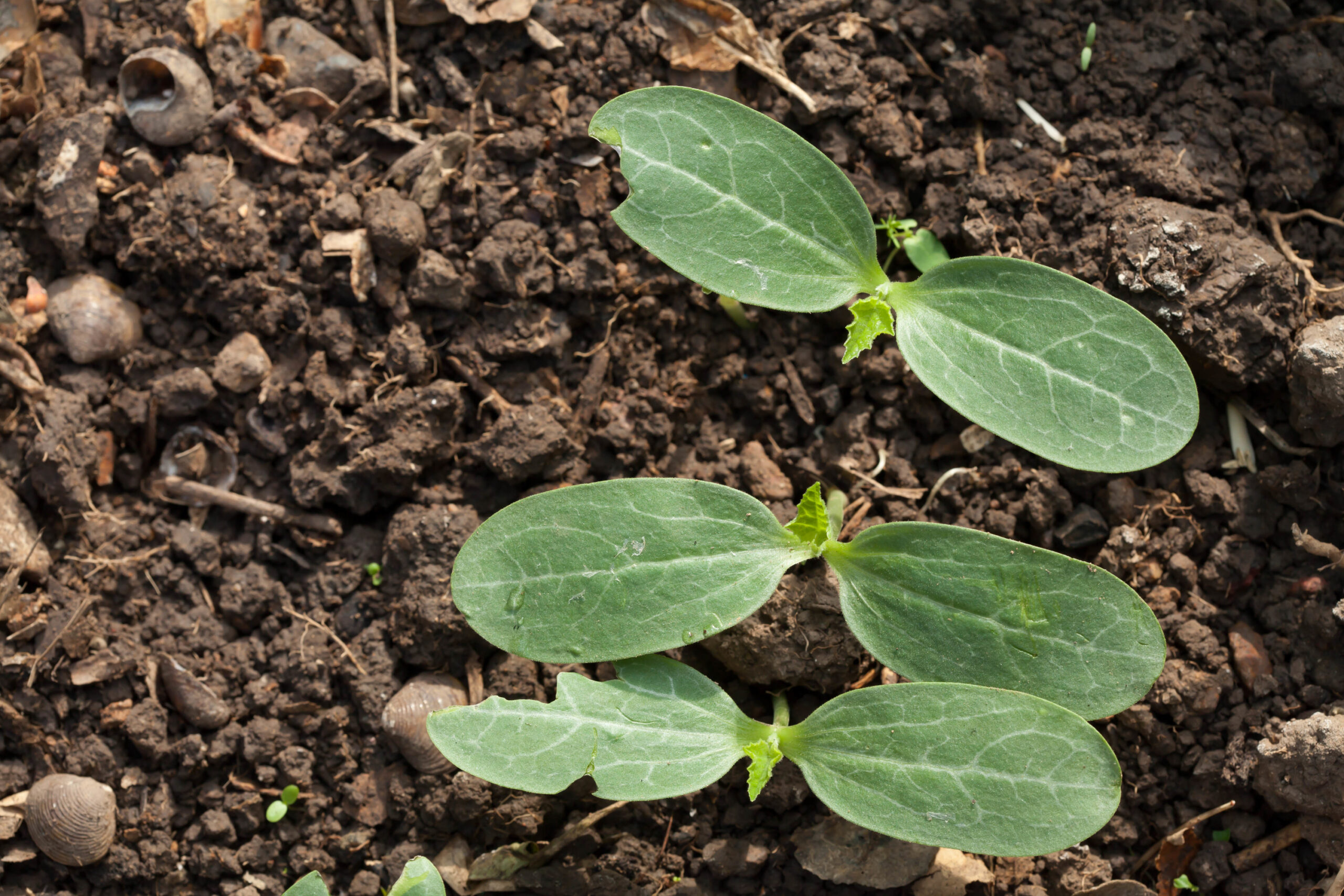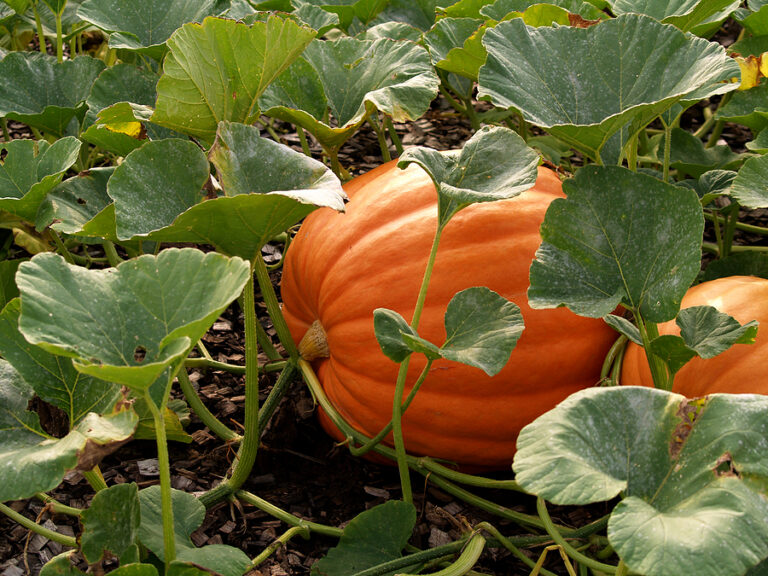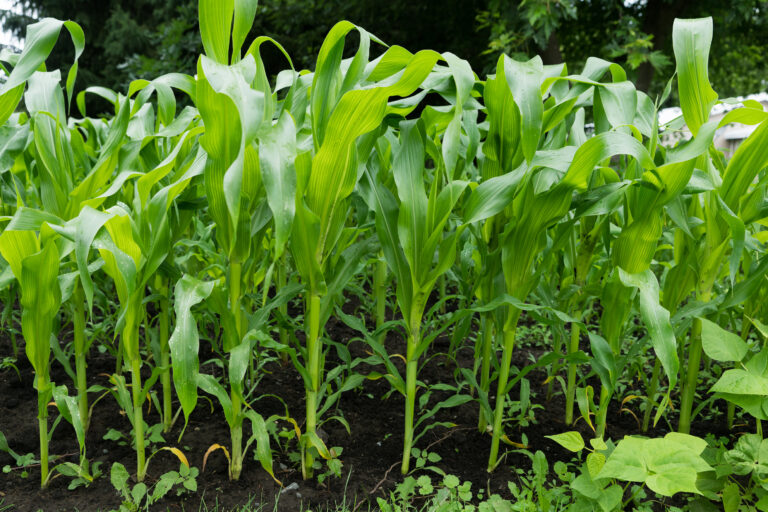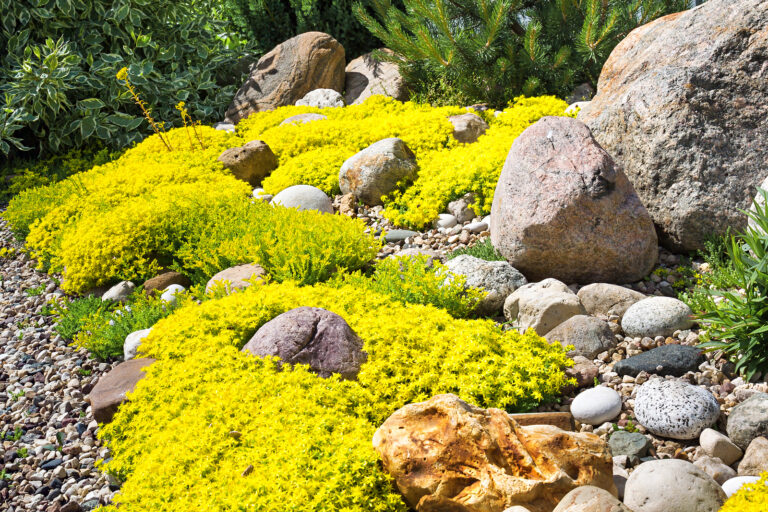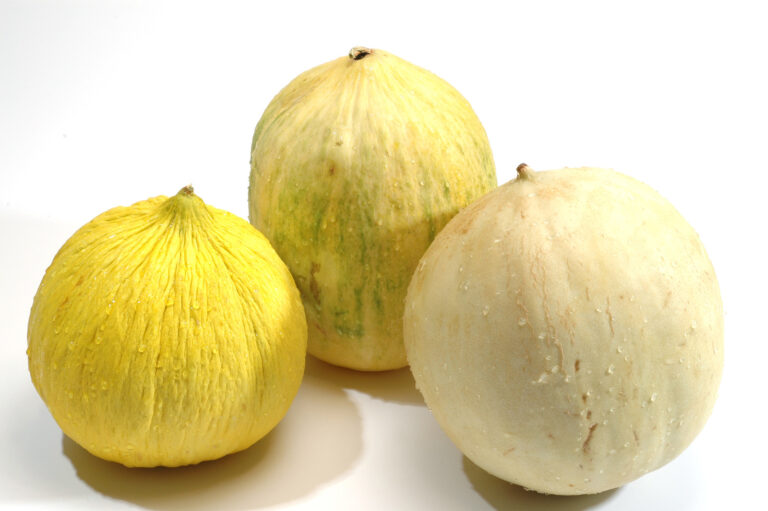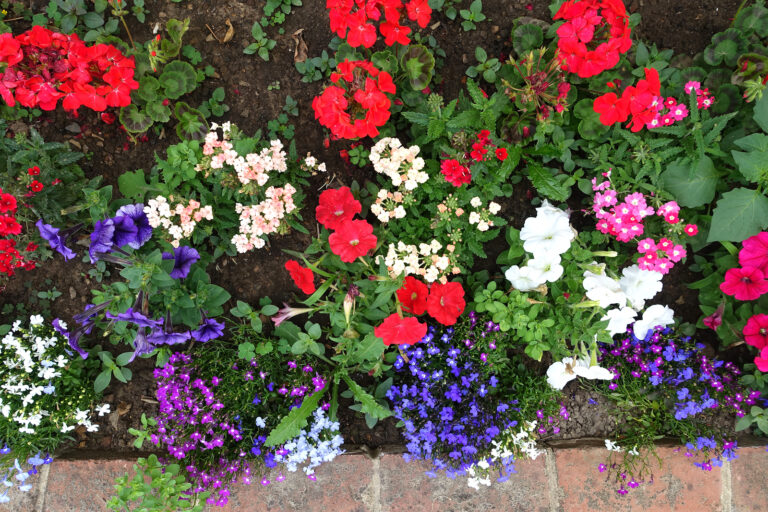When to Plant Melons for the Best Harvest
As a gardener with more than 30 years of experience growing warm-season crops, I’ve learned that timing is everything when it comes to planting melons. Whether you’re growing muskmelons, cantaloupes, or watermelons, getting your seeds or transplants into the ground at the right time will make the difference between sweet success and stunted, underwhelming fruit.
🌞 Melons Need Heat and Time
Melons require a long, warm growing season to produce sweet, full-sized fruit. The more hot days they get, the better the flavor and overall yield. But they are also frost-tender, meaning any exposure to cold can set them back or kill them entirely.
Most melon varieties need 70 to 100 frost-free days, depending on the cultivar. In regions with shorter growing seasons, you’ll need to get a head start indoors or choose smaller, quick-maturing varieties.
🗓️ Best Time to Start Melons Outdoors
- Wait until the soil reaches at least 65°F (18°C) before sowing seeds directly in the garden.
- For most regions, this means 3 to 4 weeks after the last average frost date.
- Plant melons in full sun with warm, well-draining soil that has been amended with compost.
🔁 Pro Tip: Pre-warming your soil with black plastic or landscape fabric can shave 1–2 weeks off your wait time and help young plants establish more quickly.
🌱 Starting Melons Indoors
If you garden in a region with a short summer or unpredictable spring weather (like I do in Sonoma Valley some years), starting melons indoors is your best option.
- Start seeds indoors 6 weeks before transplanting.
- Use biodegradable pots (4″ diameter or larger) to avoid disturbing the roots when planting out.
- Transplant seedlings outdoors only when nighttime temperatures stay above 60°F (16°C) and all danger of frost has passed.
👨🌾 I’ve had the most success with melon transplants that are around 5 to 6 weeks old—any older and they may become root-bound and suffer transplant shock.
🌡️ Watch the Weather
Melons grow best when daytime temperatures are consistently between 70°F and 90°F (21–32°C).
⚠️ If temperatures rise above 90°F (32°C) for several days in a row, flowers may drop without setting fruit.
To avoid this, make sure plants are well-watered and mulched during heatwaves. Flower drop can also be minimized by avoiding excessive nitrogen feeding during flowering.
🔥 How to Pre-Warm the Soil
One of the most helpful techniques I’ve learned over the years is soil pre-warming:
- Lay down black plastic sheeting or permeable landscape fabric 10–14 days before planting.
- Pull it tight so it hugs the soil—this reduces air pockets and captures more solar heat.
- After the soil has warmed, cut X-shaped slits in the plastic and plant your seeds or transplants.
- Optionally, replace the plastic with straw or dried leaf mulch later in the season to preserve moisture and prevent rot.
🌍 Regional Tips
- Short-Season Regions: Stick to compact or early-maturing varieties like ‘Minnesota Midget’ or ‘Sugar Baby.’ Always start indoors.
- Long-Season Regions: You can direct sow seeds as long as the soil is warm enough. Bigger-fruited varieties like ‘Crimson Sweet’ and ‘Hale’s Best’ will thrive.
✅ Summary Checklist
- Know your last frost date
- Pre-warm soil with plastic mulch
- Wait for soil temp of 65°F+
- Start seeds indoors 6 weeks ahead
- Transplant only after frost danger has passed
- Choose early-maturing varieties in cool zones
- Monitor for heat spikes during flowering
Melons Overview: The Ultimate Guide to Growing Melons: From Planting to Harvest
Watermelons: How to Grow Watermelons from Seed to Harvest: Ultimate Guide for Sweet, Juicy Success
Related Posts:
Planting & Growing Basics
- When to Plant Melons for the Best Harvest
- Best Soil and Location for Growing Melons
- Planting and Spacing Melons Step-by-Step
- Growing Melons on Mounds and Hills: A Proven Method for Stronger Plants and Sweeter Fruit
Care & Maintenance
- Watering and Feeding Melons for Maximum Sweetness
- Caring for Melons Through the Season: A Practical Guide
- Melon Pollination: How It Works and When to Lend a Hand
- Melon Pests and Diseases: Identification and Control
Space-Saving Techniques
- Melons in Small Spaces: Container Growing Made Easy
- Growing Melons Vertically: Save Space and Boost Harvests
- Trellising Cantaloupes: Why and How
Ripeness & Harvesting
- How to Tell When Melons Are Ripe
- How to Know When Cantaloupes Are Ripe: Slip Stage and Other Signs
- The Gardener’s Guide to Harvesting and Storing Melons for Peak Flavor
Melon Types & Varieties
- Summer Melons vs Winter Melons: Know the Difference
- Growing Gaila, Honeydew, and Crenshaw Melons
- Best Cantaloupe Varieties for Home Gardens
Enjoying the Harvest

